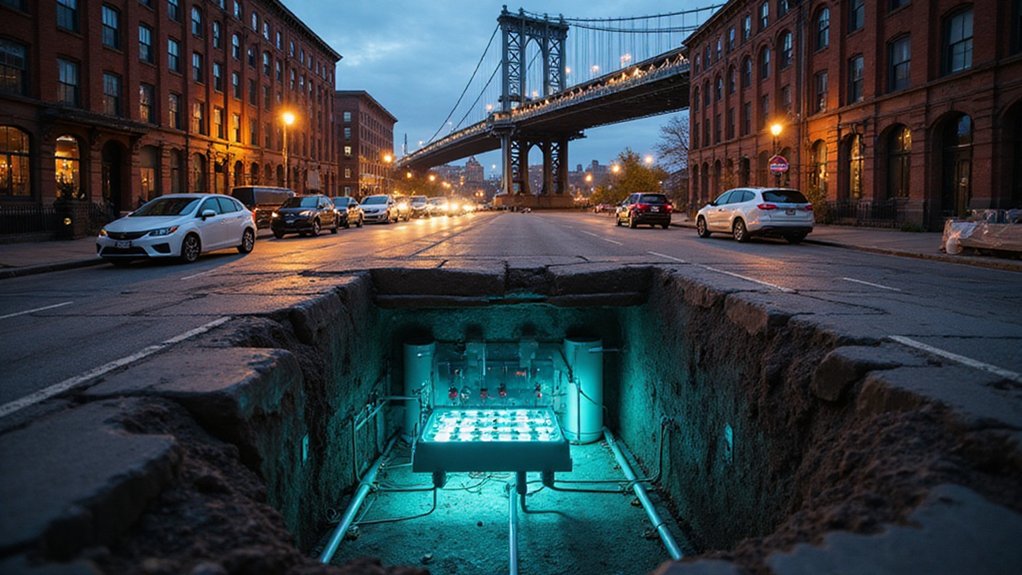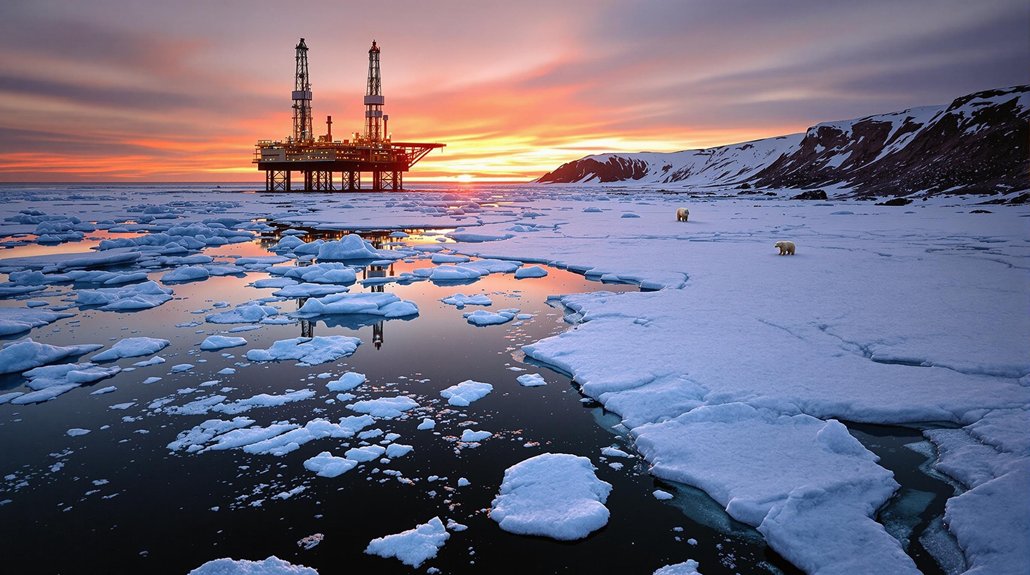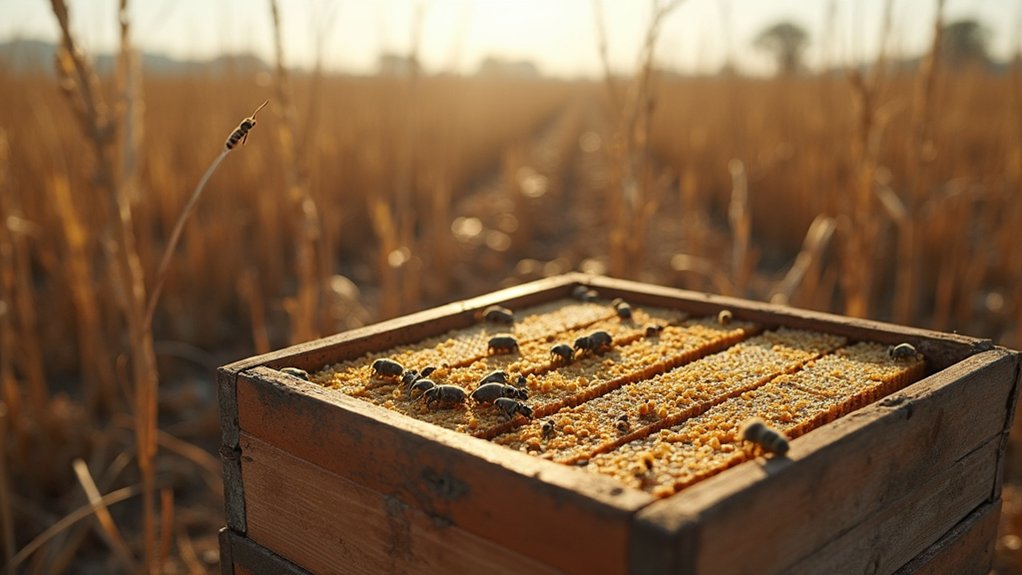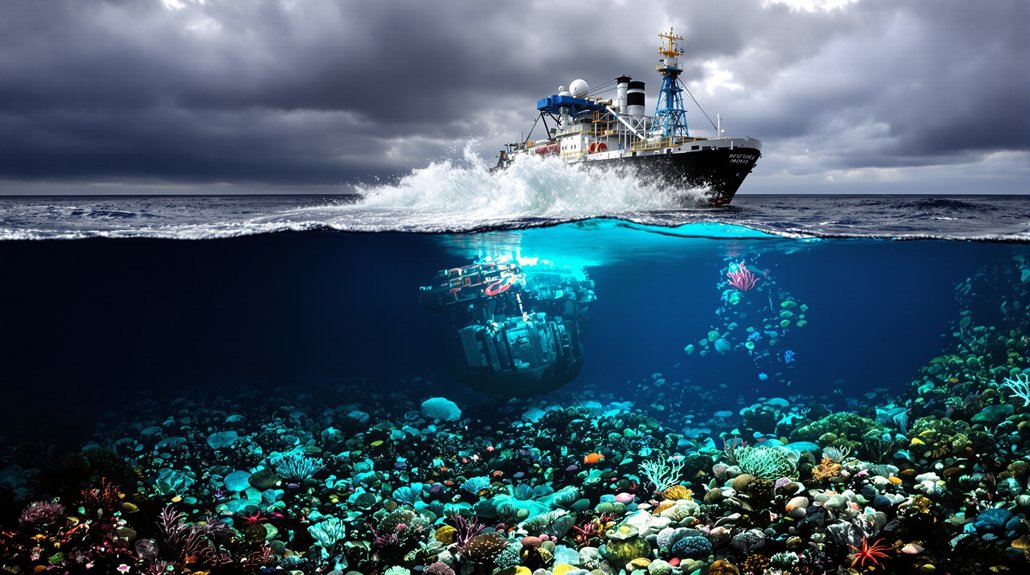While millions of tourists flock to famous canyons around the world, Thailand’s own natural wonder faces an uncertain future. Sam Phan Bok, known as the Grand Canyon of Thailand, stretches 110 kilometers along the Mekong River in northeastern Thailand. This remarkable formation features over 3,000 erosional depressions carved by water over millions of years.
Hidden beneath Thailand’s familiar tourist attractions lies Sam Phan Bok—a majestic river canyon slowly vanishing under the shadow of progress.
The canyon isn’t just a pretty sight. It’s home to diverse micro-ecosystems within its many rock holes. When water levels drop during dry season, these potholes trap water and create temporary habitats for fish, amphibians, and plants. Some holes are large enough to form self-contained ecosystems. The natural flood and drought cycles help maintain ecological balance in one of the world’s most biodiverse freshwater systems.
Local communities depend on Sam Phan Bok for their livelihoods. The Mekong River supports over 60 million people across Southeast Asia. Nearby residents earn income from fishing, farming, and tourism. Visitors enjoy boat tours, hiking, and watching sunrises over the unique terrain. The unique landscape, including the famous Mickey Mouse-shaped hole, attracts photographers and nature enthusiasts from around the world. These activities boost the local economy and preserve cultural traditions. The river’s significance is further emphasized by its impressive length of approximately 4,350 kilometers, making it Southeast Asia’s longest river.
However, upstream dam construction threatens this natural wonder. China’s megadams alter the river’s natural flow patterns. These changes affect how water shapes and exposes the canyon’s features. With less sediment moving downstream, the erosion process that created the canyon faces disruption.
The impact extends beyond geology. Changed water levels affect when tourists can view the rock formations. Altered flood cycles harm the micro-ecosystems that make the canyon special. Fish migration patterns change, affecting food sources for local people.
The Mekong connects six countries from China to Vietnam. Major cities depend on its waters. As dam construction continues, Sam Phan Bok stands as a visible symbol of how upstream decisions affect downstream communities and natural treasures.
For Thailand’s Grand Canyon, the future flow of the mighty Mekong will determine if this wonder remains for future generations to enjoy.
References
- https://www.tourhero.com/en/magazine/travel/sam-phan-bok-guide-to-exploring-the-grand-canyon-of-thailand/
- https://www.britannica.com/place/Mekong-River
- https://secretsingapore.co/sam-phan-bok-grand-canyon-of-thailand/
- https://atlas.co/explore/rivers/mekong-river/
- https://en.wikipedia.org/wiki/Mekong








